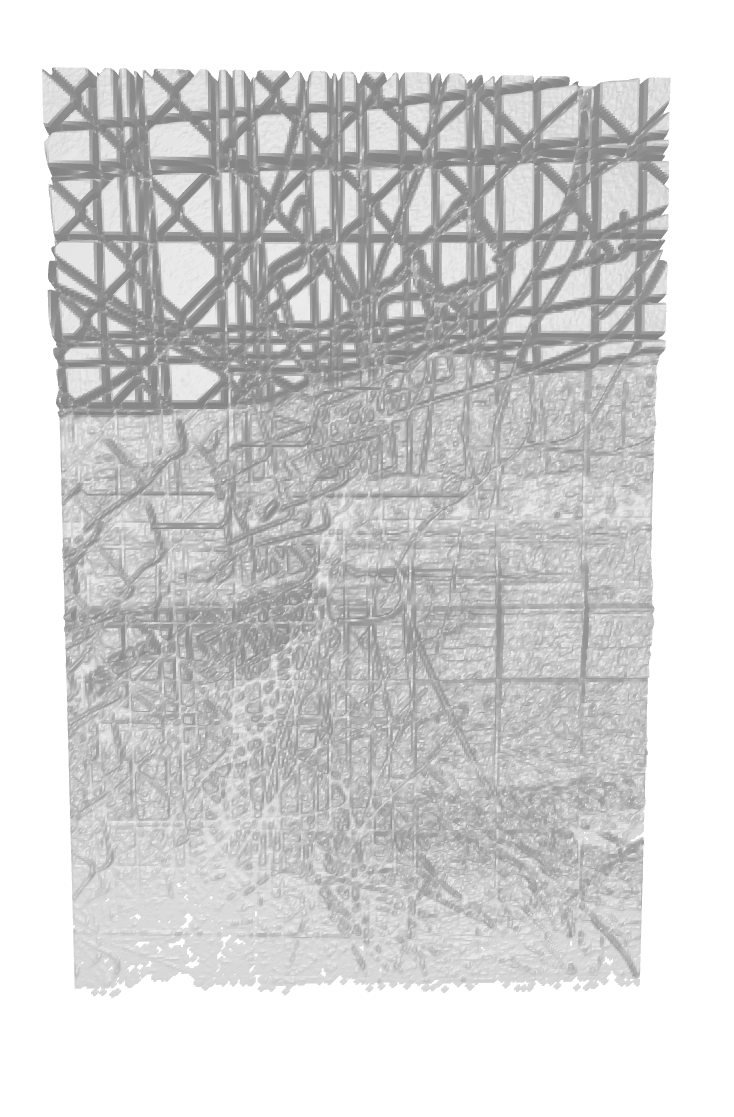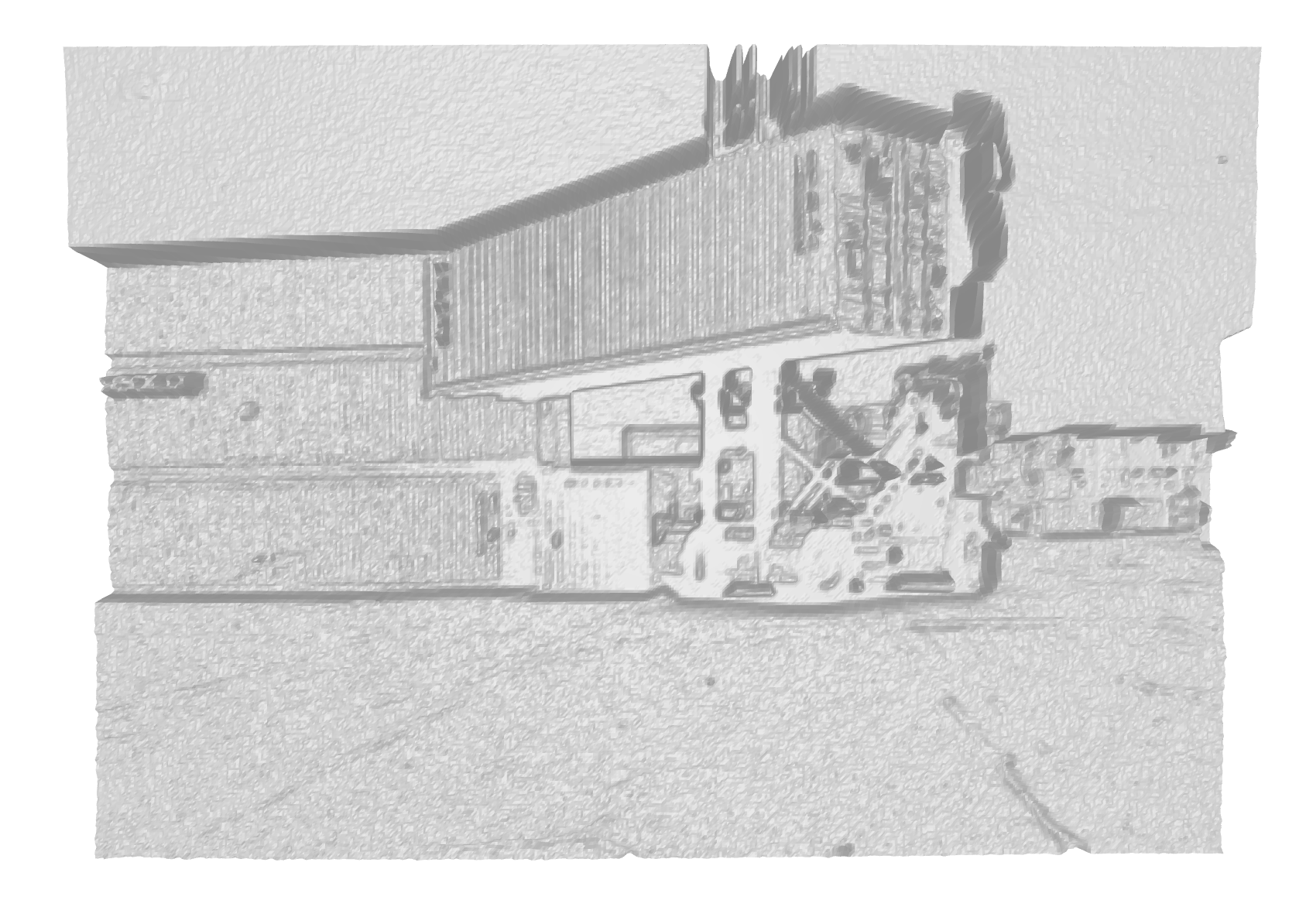






Nordhavn reflects the ambiguity and contradictions where beauty and decay, progress and abandonment, all coexist within the same landscape.
Nordhavn is a harbor district located in Copenhagen, Denmark dating back to the 19th century when it was first developed as a commercial port. The first phase of Nordhavn's development took place in the late 1800s and early 1900s when the harbor was expanded and new quays were built. The area became a major center for the fishing industry, and warehouses and factories were constructed to support this trade. In the mid-20th century, Nordhavn underwent a major transformation as the city's focus shifted away from industrial development and towards residential and commercial uses. Many of the old warehouses and factories were converted into apartments, offices, and shops led by COBE, Sleth, Polyform and Rambøll. The northern part and majority of the peninsula remains either undeveloped or still has abandoned warehouses.
The attempt to create a futuristic utopia while the undeveloped areas feel like a wasteland has created a unique experience. Nordhavn has a physical structure and existence but is often described as having no personality. In other words the area does not feel like it was made for humans, but rather feels like a simulation. The ‘wasteland’, since I was last there, has been fenced off with signs throughout saying ‘no trespassing’. It is evident that many have tried to make holes in the fence as layers and layers separate the utopia from the wasteland.
Nordhavn has a unique and complex character, as a place where past and present, industry and utopia, coexist in a dynamic tension. By transforming a physical image through various digital processes, I hope to encourage viewers to reflect on the role of technology in shaping our perceptions of space and our built environment. The work undergoes a digital transformation that results in a departure from the actual physical characteristics of Nordhavn. First it was a 35mm film negative, then it was scanned as a TIFF file, then made into an STL file, then saved as a PNG, then exported as a PDF and now it is printed on Moab | Lasal Exhibition Luster 300 | 300gsm : A3+ | 13” x 19”. The shade of gray is the same shade as the default in blender when building the mesh structures before the overlay or ‘skin’ is added.
